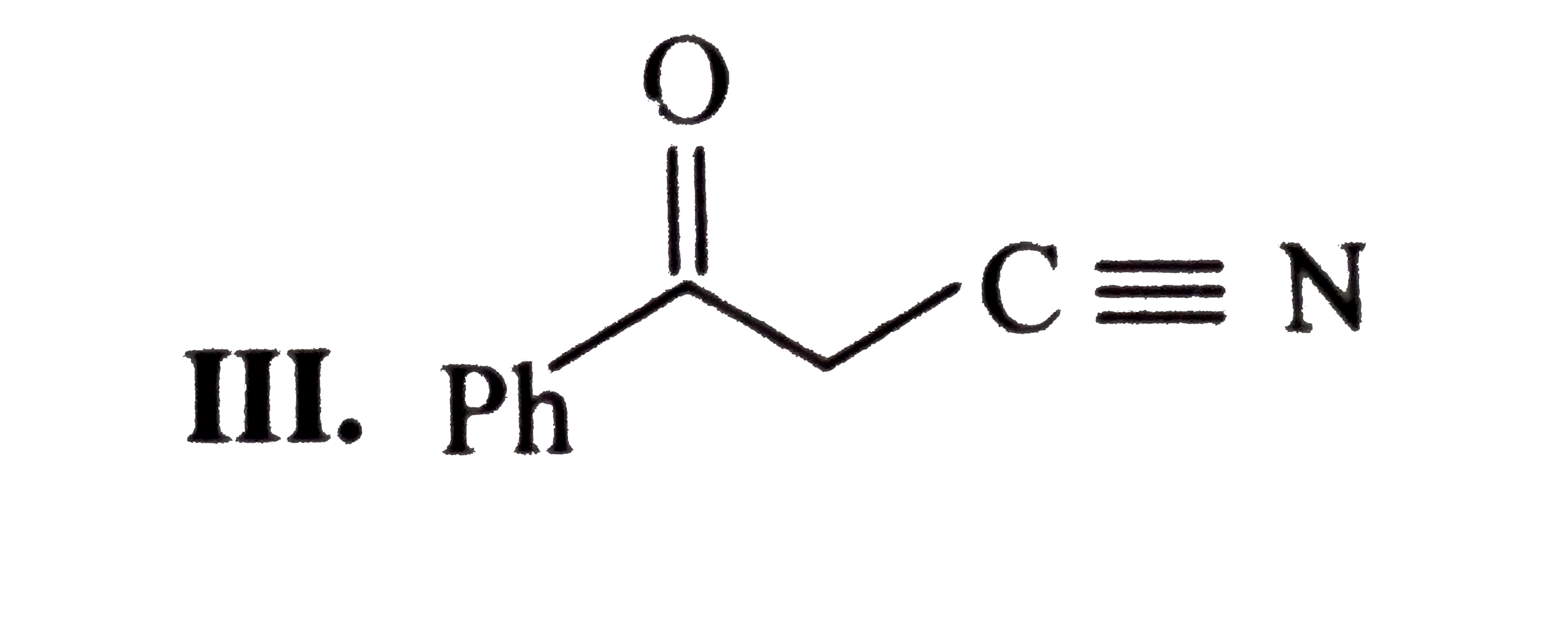Which of the following pairs are correct matched ?
AnimalFeature(i)Crocodile4-chambered heart(ii)Platypus-Viviprity(iii)Pigeon-Pneumatic bones(iv)Saw fish- Ctenoid scales
(i) and (ii)
(ii) and (iii)
(i) and (ii)
(iii)and (iv)
The correct Answer is:C
To determine which pairs of animals and their features are correctly matched, let's analyze each option step by step.
1. Crocodile - 4-chambered heart:
- Crocodiles are unique among reptiles as they possess a 4-chambered heart, which is an adaptation that allows for more efficient circulation.
- Conclusion: This pair is correctly matched.
2. Platypus - Viviparity:
- Viviparity refers to giving birth to live young. However, the platypus is an oviparous animal, meaning it lays eggs.
- Conclusion: This pair is incorrectly matched.
3. Pigeon - Pneumatic bones:
- Pneumatic bones are hollow bones that contain air spaces, which are characteristic of birds, including pigeons. This adaptation helps reduce body weight for flight.
- Conclusion: This pair is correctly matched.
4. Sawfish - Ctenoid scales:
- Sawfish have a different type of scale known as plecoid scales, not ctenoid scales. Ctenoid scales are typically found in some bony fish, but not in sawfish.
- Conclusion: This pair is incorrectly matched.
Final Analysis:
From the analysis:
- Correctly matched pairs:
- (i) Crocodile - 4-chambered heart
- (iii) Pigeon - Pneumatic bones
- Incorrectly matched pairs:
- (ii) Platypus - Viviparity
- (iv) Sawfish - Ctenoid scales
Thus, the correct pairs are (i) and (iii).
Correct Answer:
The correct answer is pairs (i) and (iii).
---
- Crocodiles are unique among reptiles as they possess a 4-chambered heart, which is an adaptation that allows for more efficient circulation.
- Conclusion: This pair is correctly matched.
- Viviparity refers to giving birth to live young. However, the platypus is an oviparous animal, meaning it lays eggs.
- Conclusion: This pair is incorrectly matched.
- Pneumatic bones are hollow bones that contain air spaces, which are characteristic of birds, including pigeons. This adaptation helps reduce body weight for flight.
- Conclusion: This pair is correctly matched.
- Sawfish have a different type of scale known as plecoid scales, not ctenoid scales. Ctenoid scales are typically found in some bony fish, but not in sawfish.
- Conclusion: This pair is incorrectly matched.
From the analysis:
- Correctly matched pairs:
- (i) Crocodile - 4-chambered heart
- (iii) Pigeon - Pneumatic bones
- Incorrectly matched pairs:
- (ii) Platypus - Viviparity
- (iv) Sawfish - Ctenoid scales
The correct answer is pairs (i) and (iii).
Topper's Solved these Questions
- BOOK - AAKASH SERIESCHAPTER - ANIMAL KINGDOM EXERCISE - EXERCISE -III (Previous AIPMT/NEET Questions)35videos
ANIMAL KINGDOM
- BOOK - AAKASH SERIESCHAPTER - ANIMAL KINGDOM EXERCISE - EXERCISE -II (MAMMALIA)21videos
ANIMAL KINGDOM
- BOOK - AAKASH SERIESCHAPTER - BIODIVERSITY AND CONSERVATIONEXERCISE - EXERCISE-II India - A major Source of Biodiversity and its Preservation2videos
BIODIVERSITY AND CONSERVATION
Similar Questions
Which of the following pairs are correctly matched ?
AnimalsMorphological features(i)Crocodile−4-chambered heart(ii)Sea urchin−Parapodia(iii)Obelia−Metagenesis(iv)Lemur−ThecodontView SolutionWhich of the following is/are not carrectly mathched pairs ?

(a) (ii) and (iii)
(b) (i) and (iv)
(c) (v) only
(d) (ii) onlyView Solution
Knowledge Check
- Question 1 - Select One
Which of the following pairs are correctly matched ?
AnimalsMorphological features(i)Crocodile−4-chambered heart(ii)Sea urchin−Parapodia(iii)Obelia−Metagenesis(iv)Lemur−ThecodontA(ii),(iii) and (iv)B(i) and (iv)C(i) and (ii)D(i),(iii) and (iv)
Match the following and mark the correct options AnimalRepiratory organEarthworm(i).Moist cuticleAquatic Arthropods(ii).GillsFishes(iii).LungsBirds/Reptiles(iv).Trachea
View SolutionWhich one of the following pairs is correctly matched?
(i)Vitamin B12(a)Anaemia(ii)VitaminA(b)Night blindness(iii)VitaminC(c)Scurvy(iv)VitaminE(d)sterilityView SolutionSelect the incorrectly matched pair from the following :
∣∣ ∣ ∣ ∣∣(i) SericultureSilkmoth(ii) AquacultureFish(iii) ApicultureHoney bee(iv) PiscicultureBombyx more∣∣ ∣ ∣ ∣∣View SolutionWhich of the following is correct match
Column IColumn IIAADA−deficiencyiα−1antitrypsinBEmphysemaiiBone marrow transplantionCInsuliniiiDiabetes mellitusDInsect resistanceivT1−plasmidView SolutionWhich of the following are correct (B) and (C ) products, respectively ?

I.
II. , III.
, III. 
IV. , v.
, v.  View Solution
View SolutionMatch the following and select the correct combination.
Column IColumn IIA.Red algae(i)MarchantiaB.Liver wort(ii)PinusC.Walking fern(iii)PolysiphoniaD.Gymnosperm(iv)AdiantumView SolutionMatch the following
AnimalsLocomotory OraganA.Octopus(i)LimbsB.Crocodile(ii)Comb platesC.Catta(iii)TentaclesD.Ctenoplana(iii)FinsView Solution
